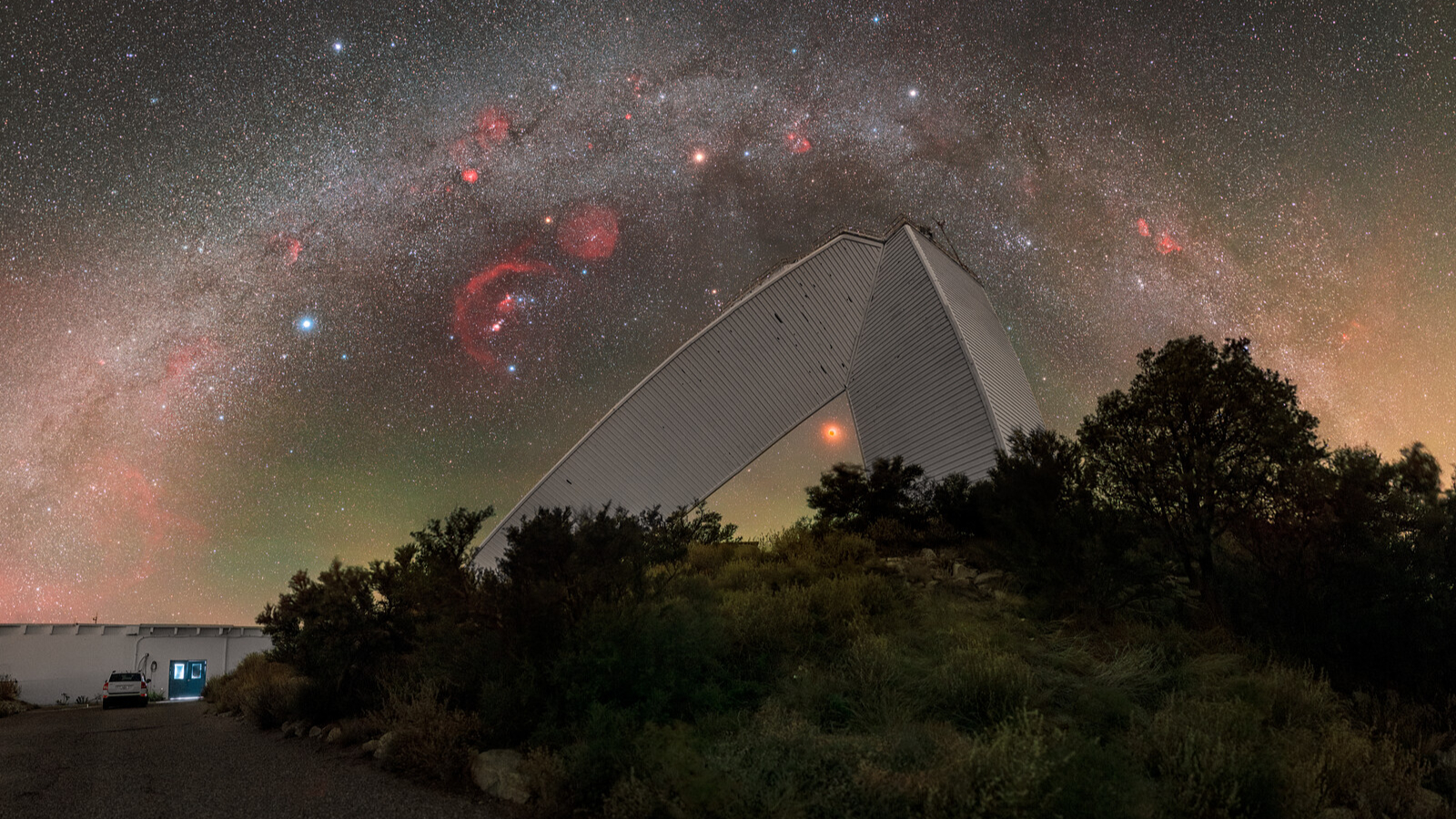Solar flares: What are they and how do they affect Earth?
Solar activity is currently increasing and with it comes more solar flares.
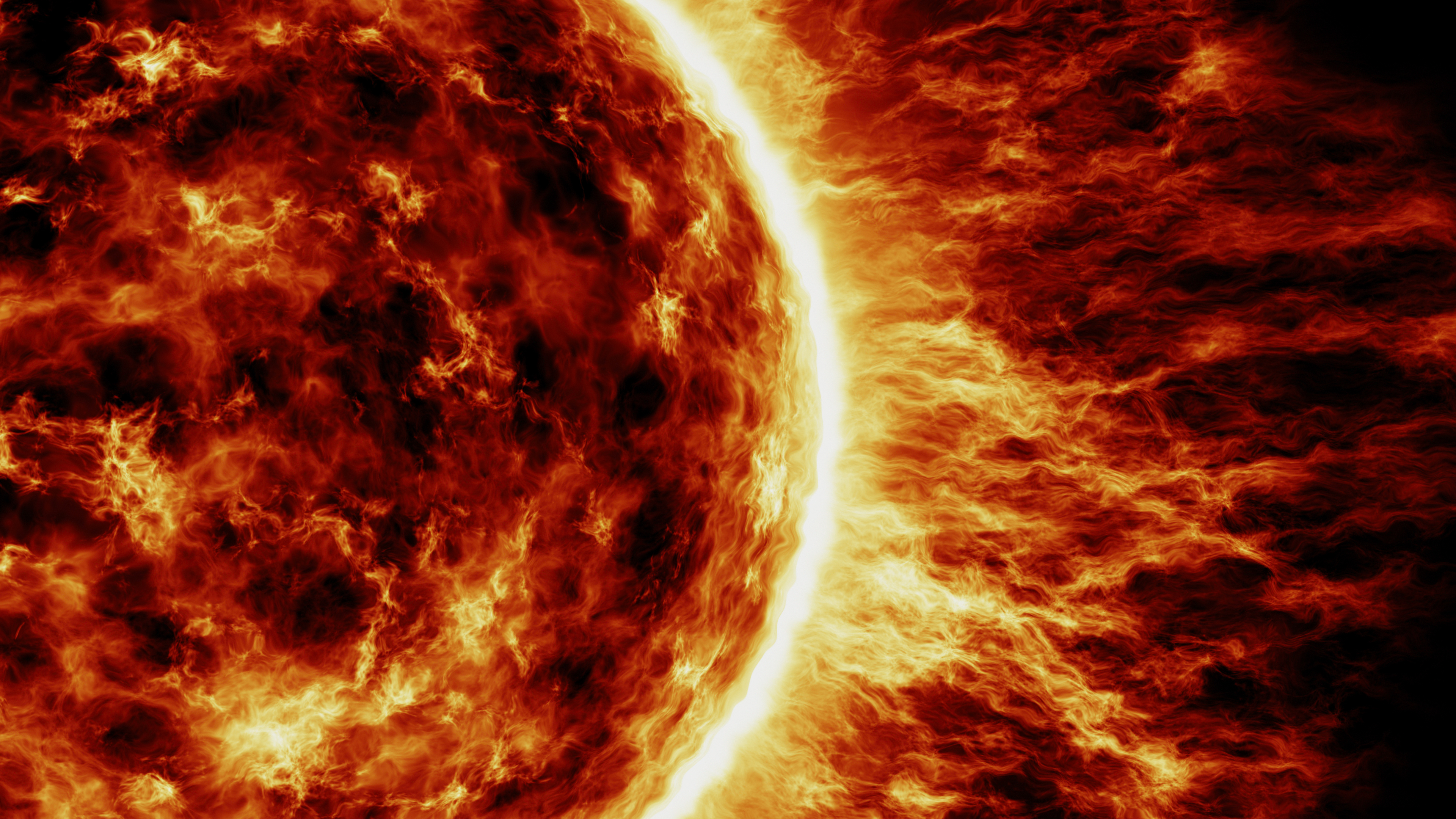
Solar flares are large explosions from the surface of the sun that emit intense bursts of electromagnetic radiation. The intensity of the explosion determines what classification the flare belongs to. The most powerful are X-class flares, followed by M-, C- and B-class; A-class flares are the smallest.
These flares can be visible as bright flashes in a particular region of the sun and can last several minutes, according to the University Corporation for Atmospheric Research (UCAR).
Solar flares occur when magnetic energy builds up in the solar atmosphere and is released suddenly. These outbursts are intrinsically linked to the solar cycle — an approximately 11-year cycle of solar activity driven by the sun's magnetic field.
Related: How hot is the sun?
What causes solar flares?
The sun's surface is a magnetically mixed-up place.
Magnetic fields are created from electrically charged gases generating electrical currents that act as a magnetic dynamo inside the sun, according to a statement from NASA. These magnetic fields twist, tangle and reorganize themselves due to the turbulent nature of the gases that create them, according to NASA Space Place. This unsettled magnetic field behavior — also known as solar activity — can trigger solar flare eruptions from the surface that release vast amounts of electromagnetic radiation — a form of energy that includes radio waves, microwaves, X-rays, gamma rays and visible light.
Solar flares tend to originate from regions of the solar surface that contain sunspots — darker, cooler portions of the solar surface where magnetic fields are particularly strong. As such, the number of sunspots can indicate the likelihood of a solar flare eruption.
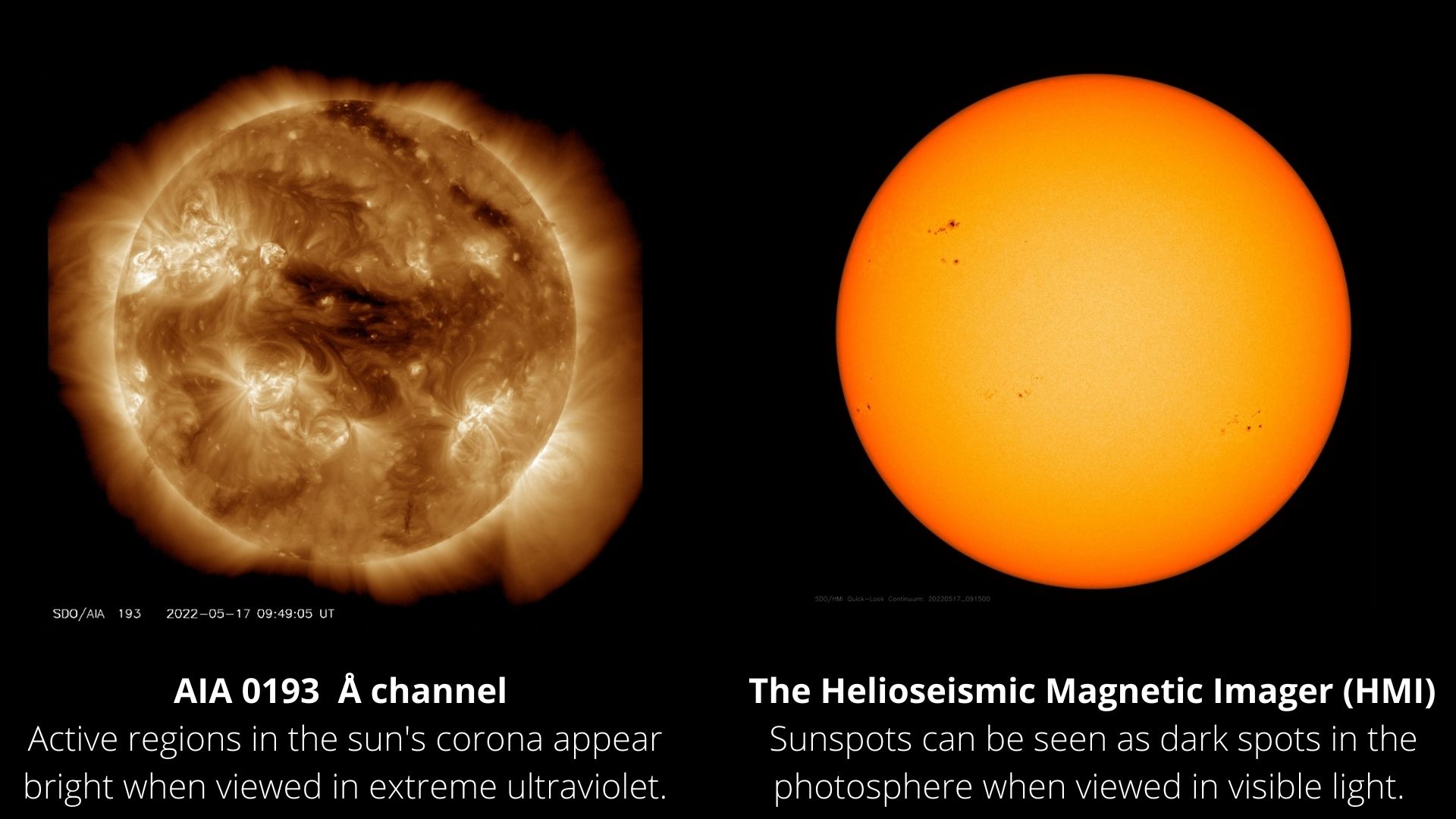
Solar activity follows an approximately 11-year cycle with the peak of sunspot activity coinciding with solar maximum and a sunspot hiatus coinciding with the solar minimum, according to the Space Weather Prediction Center of the National Oceanic and Atmospheric Administration (NOAA). During periods of low solar activity when no sunspots are present, it is unlikely that a solar flare will occur.
Solar flares today
Solar activity is on the rise as we experience solar cycle 25. Solar maximum is predicted to occur in 2025. To find out if there is a solar flare today and to keep up with the latest space weather findings, SpaceWeatherLive.com records the most recent 24 hours of solar X-ray data from the primary GOES-16 satellite and displays such activity in useful graphs along with the percentage chance of different types of solar flares.
Types of solar flares
There are five classes of solar flares, according to NOAA. Their designation depends on the intensity of X-rays emitted. Each class letter represents a 10-fold increase in energy output, similar to the Richter scale that measures the strength of earthquakes.
According to NASA, X-class flares are the most powerful solar flares. Then there are M-class flares that are 10 times smaller than X-class flares, then C-class, B-class and finally A-class flares which are too weak to significantly affect Earth.
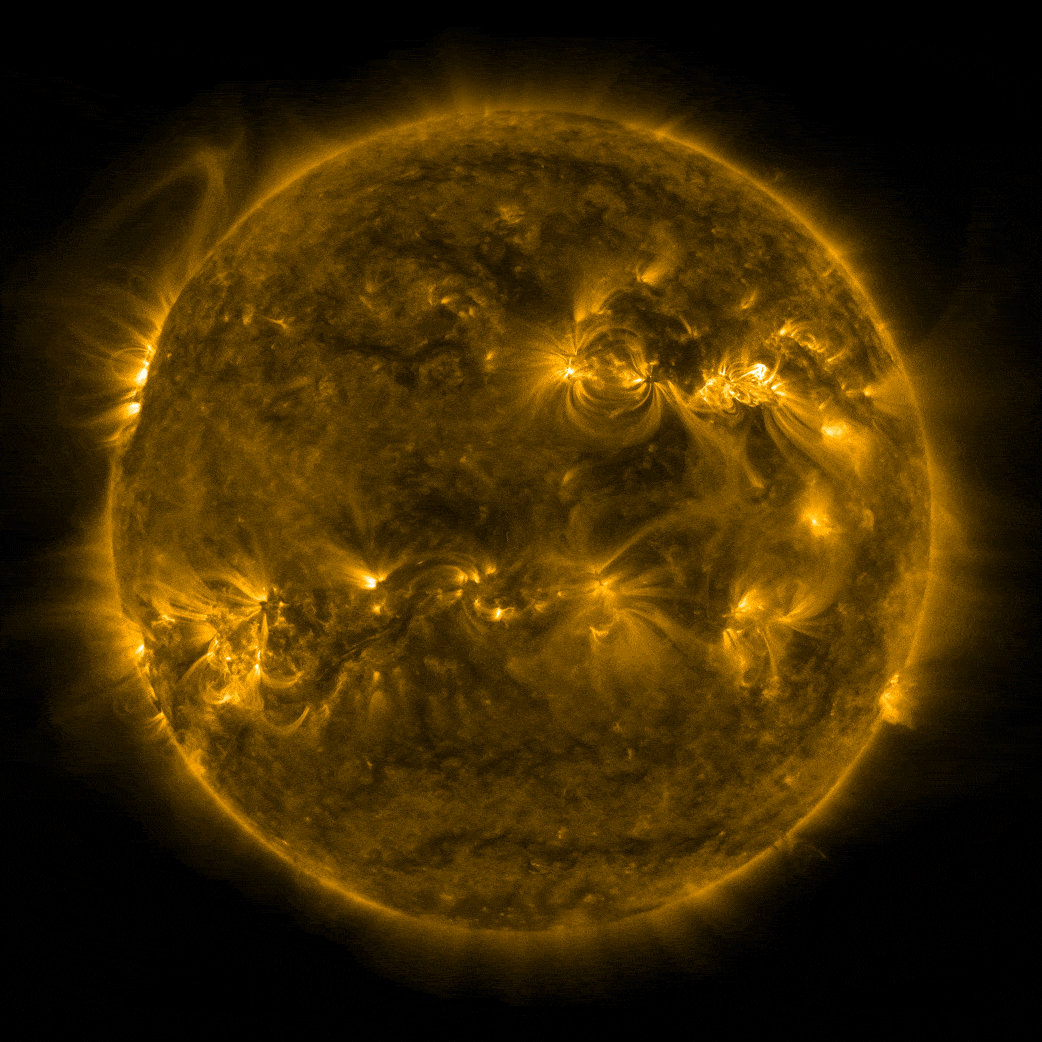
Within each letter class, a finer scale from 1 to 9 gives the flare assessment greater precision with larger numbers representing more powerful flares within the class.
However, X-class flares can break this nine-point rating mold with higher ratings, since there is no class more powerful than X-class. According to NASA, a 2003 solar flare was so powerful it overloaded the sensors measuring it. The sensors reported an X28 flare before cutting out.
Fortunately, X-class flares occur on average about 10 times per year, and flares as powerful as the one recorded in 2003 are even less likely.
How do solar flares affect Earth?
Different types of flares, particularly X-class flares, affect Earth, satellites and even astronauts.
Luckily for us, A and B-class solar flares are the most common and are also the weakest of the solar flare classes, too feeble to affect Earth in any significant way. C-flares are also fairly weak, exhibiting little or no effect on Earth according to SpaceWeatherLive.com.
With the two largest classes of flares, things start to get a little more interesting.
Strong M-class and X-class flares and can trigger coronal mass ejections — a large release of plasma and magnetic field from the sun. This behavior can disrupt Earth's magnetosphere and result in geomagnetic storms. Such geomagnetic storms can lead to auroras closer to the equator than is possible during calm conditions.
In 1989, a large solar flare accompanied a coronal mass ejection and hit Earth, plunging the entire province of Quebec, Canada, into an electrical blackout that lasted 12 hours, according to a NASA statement. The solar eruption triggered a geomagnetic storm on Earth, resulting in aurora borealis, or northern lights, that could be seen as far south as Florida and Cuba.
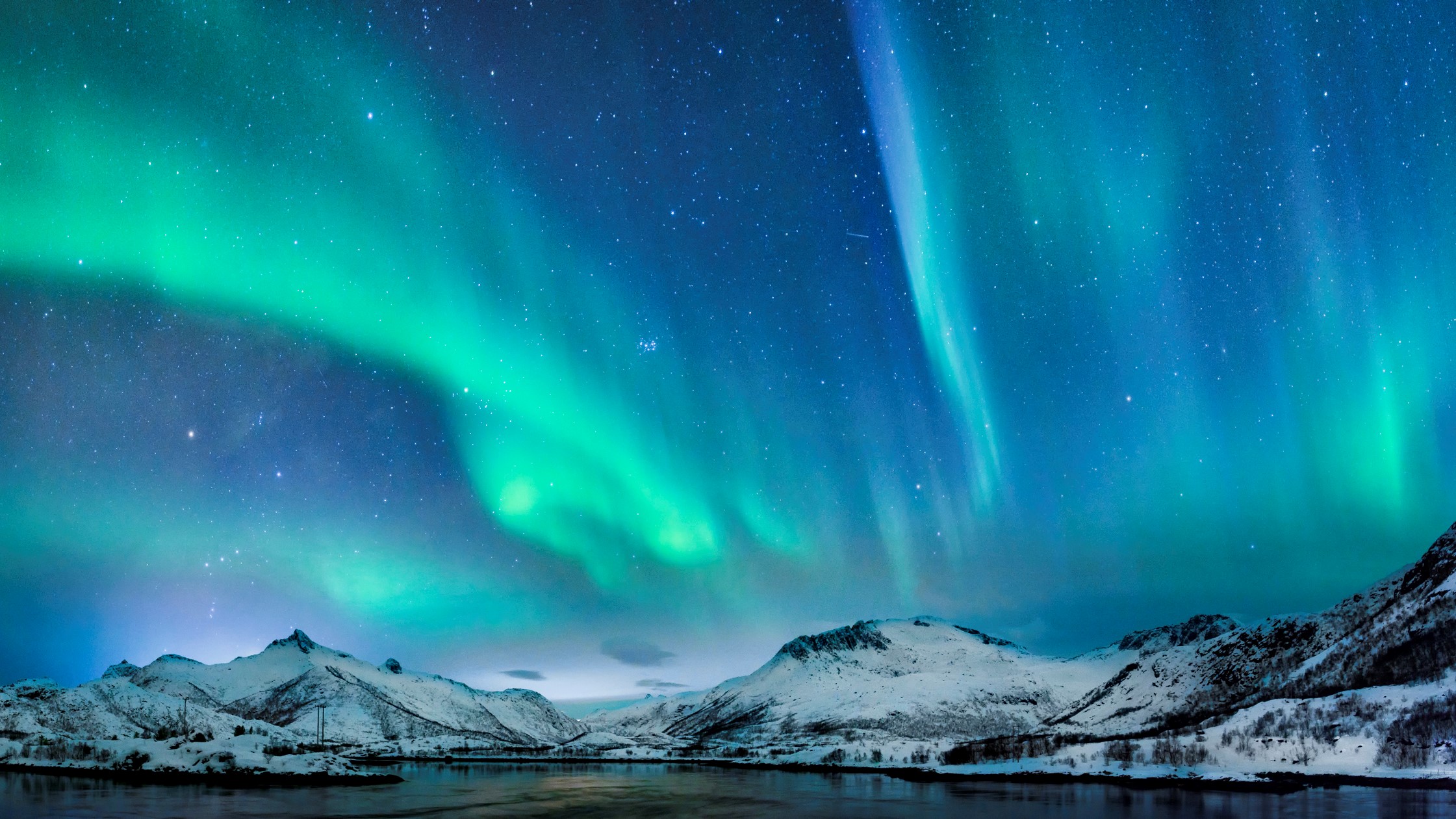
Solar radiation storms can also emit fast-moving charged particles, which carry a lot of energy and can endanger astronauts and Earth-orbiting spacecraft. During these storms, astronauts on the International Space Station need to seek shelter and all extravehicular activities are paused. Radiation-sensitive systems on satellites are powered down until the radiation storm has passed.
During an eruption, M-class and X-class flares can also cause minor to extensive radio blackouts on the side of Earth facing the sun. Radio blackouts mostly affect High Frequency (HF) (3-30 MHz) radio communications though sometimes Very High Frequency (VHF) (30-300 MHz) and higher frequencies can be affected, according to SpaceWeatherLive.
The radio blackouts are caused by higher electron densities in the lower ionosphere of Earth's atmosphere — the layer through which radio waves pass. The enhanced electron density causes radio waves to lose more energy as they travel through the layer, preventing them from reaching higher layers that refract the radio signals back down to Earth.
Such radio blackouts are the most common space weather event to affect Earth, with approximately 2,000 minor events happening each solar cycle.
The severity of radio blackouts depends on the strength of solar flare and is ranked R1 to R5 on the NOAA Solar Radiation Storm Scale. One represents a minor event and five is an extreme event, according to the South African National Space Agency. R5 events can lead to radio blackouts on the entire sunlit side of Earth and can last several hours. Luckily, for us, we experience on average less than one R5 per solar cycle.
Solar flare prediction
The radiation emitted from solar flares travels at the speed of light and can reach Earth from the sun in just over 8 minutes. As such, we don't have long to respond to such outbursts.
Predicting space weather is tricky but our ability to do so has improved over the last few decades.
Powerful flares can significantly affect spacecraft, satellites and ground-based technologies, and don't give us a whole lot of notice before striking. Numerous organizations — including NASA, NOAA and the U.S. Air Force Weather Agency (AFWA) — are keeping a watchful eye on the sun and monitoring it closely for powerful flares and associated magnetic storms. These organizations can send out warnings to technology sectors vulnerable to solar flare activity so that appropriate precautions can be taken.
"We can't ignore space weather, but we can take appropriate measures to protect ourselves," NASA says.
In general, solar flares are nothing to worry about. So-called "killer flares" do not exist and although solar flares can significantly disrupt the technological world, they don't contain enough energy to do any lasting damage to Earth itself.
"Even at their worst, the sun's flares are not physically capable of destroying Earth," NASA says.
Additional resources
See what the sun looks like now and keep up to date with the latest solar news with NASA's Solar Dynamics Observatory. Explore the science behind solar flares with Swinburne University. Read more about solar flares and the effects on air travel with this article from the Health Physics Society.
Bibliography
Fox, K. C. Solar flares: What does it take to be X-class? NASA. Aug. 9, 2011. Retrieved May 16, 2022.
Fox, K. C. Impacts of strong solar flares. NASA. May 13, 2013. Retrieved May 16, 2022.
NASA. Sunspots and solar flares. NASA. Jul. 22, 2021. Retrieved May 16, 2022.
Odenwald, S. The Day the sun brought darkness. NASA. Mar. 13, 2009. Retrieved May 16, 2022.
Radio Blackouts Scale. SANSA Space Weather - Radio Blackouts Scale. Retrieved May 16, 2022.
Solar flares (radio blackouts). NOAA / NWS Space Weather Prediction Center. Retrieved May 16, 2022.
Solar flares | spaceweatherlive.com. Retrieved May 16, 2022.
Sunspots and solar cycles. Sunspots and Solar Cycles | NOAA / NWS Space Weather Prediction Center. Apr. 26, 2018. Retrieved May 16, 2022.
U.S. Department of Commerce. Solar Terrestrial Physics. NOAA National Centers for Environmental Information (NCEI). Retrieved May 16, 2022.
What are solar flares? SpaceWeatherLive. Retrieved May 16, 2022.
Zell, H. The sun and magnetism. NASA. Jan. 1, 2008. Retrieved May 16, 2022.
Join our Space Forums to keep talking space on the latest missions, night sky and more! And if you have a news tip, correction or comment, let us know at: community@space.com.
Get the Space.com Newsletter
Breaking space news, the latest updates on rocket launches, skywatching events and more!

Daisy Dobrijevic joined Space.com in February 2022 having previously worked for our sister publication All About Space magazine as a staff writer. Before joining us, Daisy completed an editorial internship with the BBC Sky at Night Magazine and worked at the National Space Centre in Leicester, U.K., where she enjoyed communicating space science to the public. In 2021, Daisy completed a PhD in plant physiology and also holds a Master's in Environmental Science, she is currently based in Nottingham, U.K. Daisy is passionate about all things space, with a penchant for solar activity and space weather. She has a strong interest in astrotourism and loves nothing more than a good northern lights chase!
